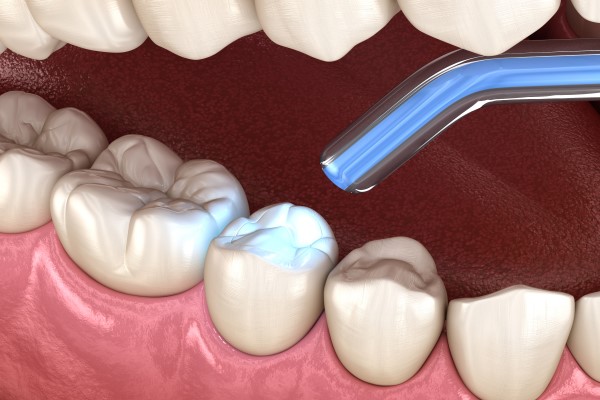What is A Dental Filling, And How Does it Contribute To Oral Health?
In the realm of oral health, dental filling play a pivotal role, particularly in emergency dentistry situations. Understanding what dental fillings are and how they contribute to maintaining optimal oral health is crucial for everyone. This article delves into the intricacies of dental fillings, shedding light on their significance in emergency dentistry scenarios.
Defining Dental Fillings:
Dental fillings are restorative materials used to repair and restore teeth that have been damaged by decay, fractures, or other forms of wear and tear. These fillings not only provide structural support to the affected tooth but also prevent further decay and deterioration. They are essential components of preventive and emergency dental care.
Emergency Dentistry and Its Importance:
Emergency dentistry involves the immediate treatment of dental issues that require urgent attention. From severe toothaches to broken or knocked-out teeth, emergencies can occur at any time, necessitating prompt and effective solutions. Dental fillings often play a critical role in addressing such emergencies by stabilizing damaged teeth and alleviating pain.

Types of Dental Fillings:
There are various types of dental fillings, each with its unique characteristics. Common options include amalgam, composite resin, ceramic, and glass ionomer. The choice of filling material depends on factors such as the extent of damage, location of the tooth, and aesthetic preferences. Amalgam fillings, for instance, are durable and cost-effective, while composite resin fillings blend seamlessly with natural tooth color.
The Procedure of Getting a Dental Filling:
The process of receiving a dental filling involves several steps. First, the dentist examines the tooth and determines the extent of the damage. Then, the decayed or damaged portion is removed, and the remaining tooth structure is prepared for the filling. The chosen filling material is then applied and shaped to restore the tooth's functionality and appearance. This procedure is commonly performed in a single visit to the dentist's office.
Preventive Nature of Dental Fillings:
While dental fillings are often associated with treating existing dental issues, they also serve a preventive purpose. By addressing cavities and decay promptly, dental fillings prevent the spread of infection and protect neighboring teeth from potential damage. Regular dental check-ups can aid in the early detection of issues that may require fillings, contributing to long-term oral health.

Long-Term Benefits and Considerations:
Dental fillings not only provide immediate relief in emergency situations but also offer long-term benefits. They help preserve the natural tooth structure, maintain oral functionality, and contribute to an individual's overall well-being. It is essential for individuals to be aware of the materials used in their fillings and follow proper oral hygiene practices to extend the lifespan of the restorations.
Conclusion:
In conclusion, dental fillings are integral to both preventive dentistry and emergency oral care. Understanding their role in maintaining oral health is vital for individuals seeking effective and timely solutions to dental issues. Whether addressing cavities or responding to a dental emergency, dental fillings play a crucial role in preserving the health and integrity of our teeth. Regular dental check-ups and prompt treatment can ensure that dental fillings contribute positively to our overall well-being.
Comments
Post a Comment